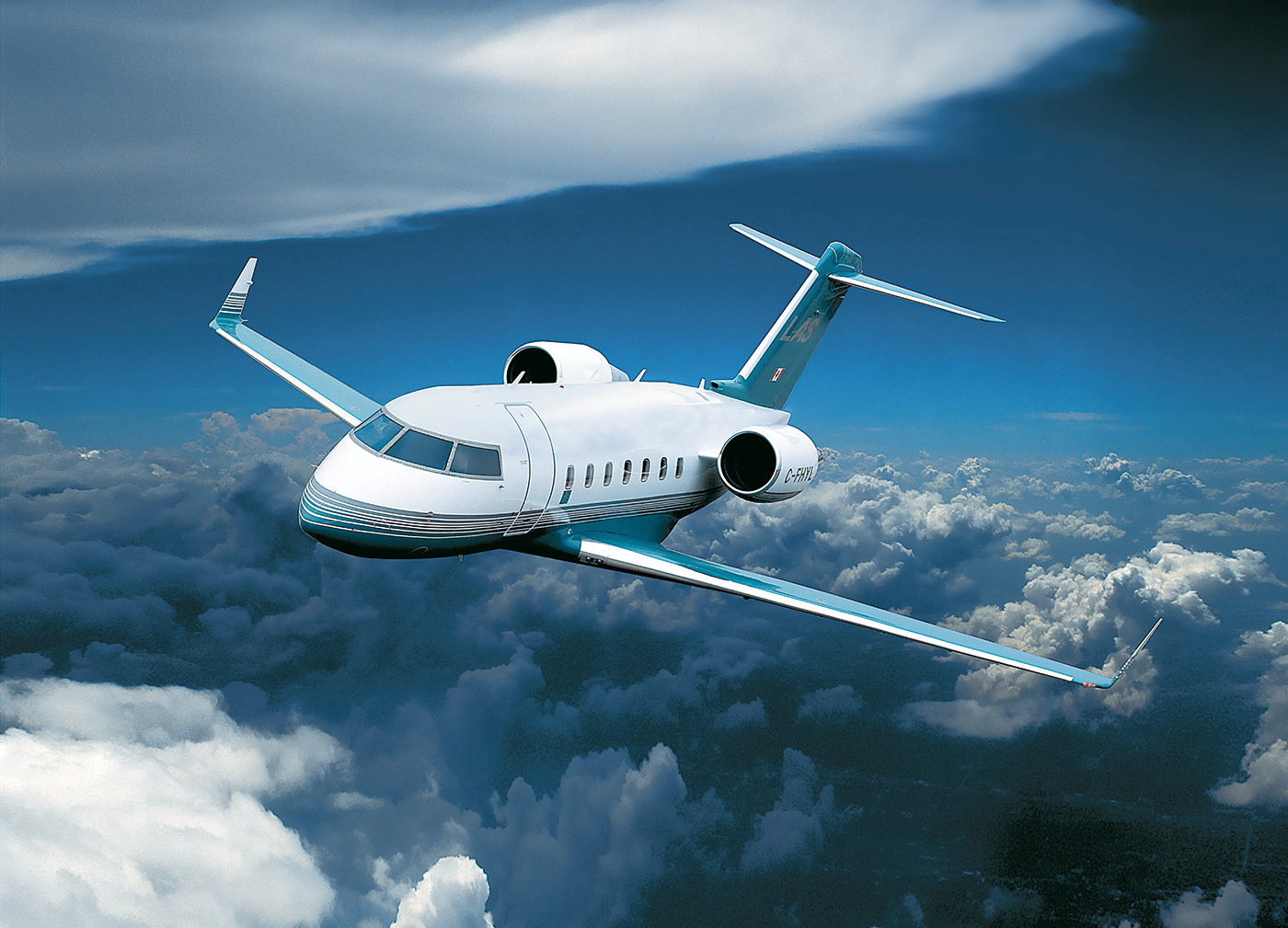Estimated reading time 15 minutes, 22 seconds.
Cecily Kennedy never aspired to be a captain at Air Canada or any other major airline. She simply loved to fly, for the same reasons many pilots do: a cockpit is a cool office, every journey is a bit different, and the view from the sky is spectacular.
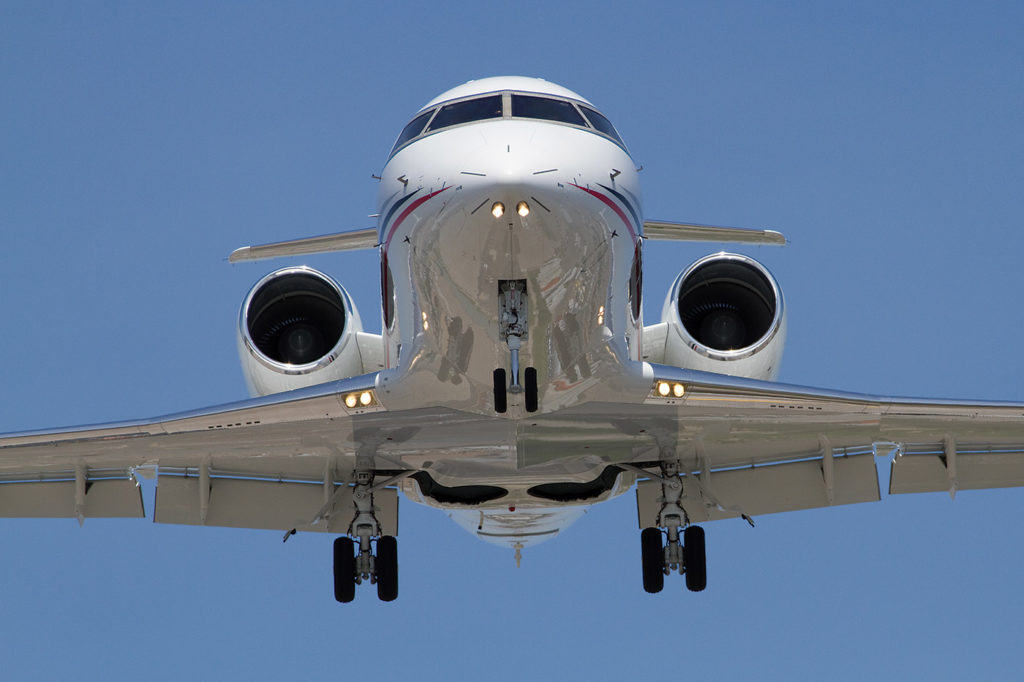
But the idea of flying small aircraft for private customers didn’t seem like an option until she was completing her flight training and working for Keewatin Air, a Winnipeg-based provider of scheduled flights, charter and medevac services for Northern Canada.
Kennedy was checking in passengers for a scheduled Keewatin flight when a chartered jet arrived at a local fixed-based operator (FBO), and as she watched its occupants de-plane and get settled, something clicked.
“I realized people can fly privately,” said Kennedy, who spent 14 years with Keewatin and is now the chief pilot at Fast Air, another Winnipeg charter and medevac provider with the largest fleet of chartered turboprops, helicopters and business jets in Manitoba.
“You don’t just have to fly a scheduled flight all the time, or fly hundreds of people around,” said Kennedy. “You can have personalized service for as little as one person on their own private plane. It was a very intriguing type of thing to do.”
Kennedy researched the world of corporate charters and knew it was for her. Now, as a pilot who primarily flies business executives across North America in a Hawker 800 XP jet, she knows it’s what she wants to do for the rest of her career.
“The grass is really green right now,” she said. “Pilots–I think we are sometimes our own worst enemies.
“We always want to go where the grass is greener, and sometimes if you’re somewhere, and the grass is green, you’ll still be looking over the hedge to be like, ‘Hey what does that person have?’ and ‘What’s going on over there?’

“I’m very happy where I am, and I worked pretty hard to get here. I don’t plan on going anywhere else.”
A Pilot’s Life
Ask around, and many corporate and charter pilots will say similar things. They love their jobs, love the aircraft they fly, love the extra responsibilities that come with ensuring a successful flight, and they can’t imagine doing anything else. It’s not that there aren’t challenges associated with this line of work; it’s that sometimes those challenges are also part of the appeal.
“You’ve got to do a lot of logistics yourself in corporate flying,” said Peter Bing, chief pilot and director of aviation operations for a major Canadian corporation, who flies Bombardier Challenger 300 aircraft.
“[There are] just so many aspects you have to look after. It’s quite challenging … you’re responsible for the complete safety and security of that flight.”
A typical day could begin with a trip from Toronto to West Palm Beach, Fla., and from there to Chicago, before heading off to another location to finish the day–though many flying days are significantly less demanding and may only involve one destination.
Trips are often scheduled a week or more in advance, giving pilots the chance to plan well ahead of time. But occasional last-minute flights are part of the job for many corporate and charter pilots, with some required to be at the airport and ready to go with as little as two hours’ notice.
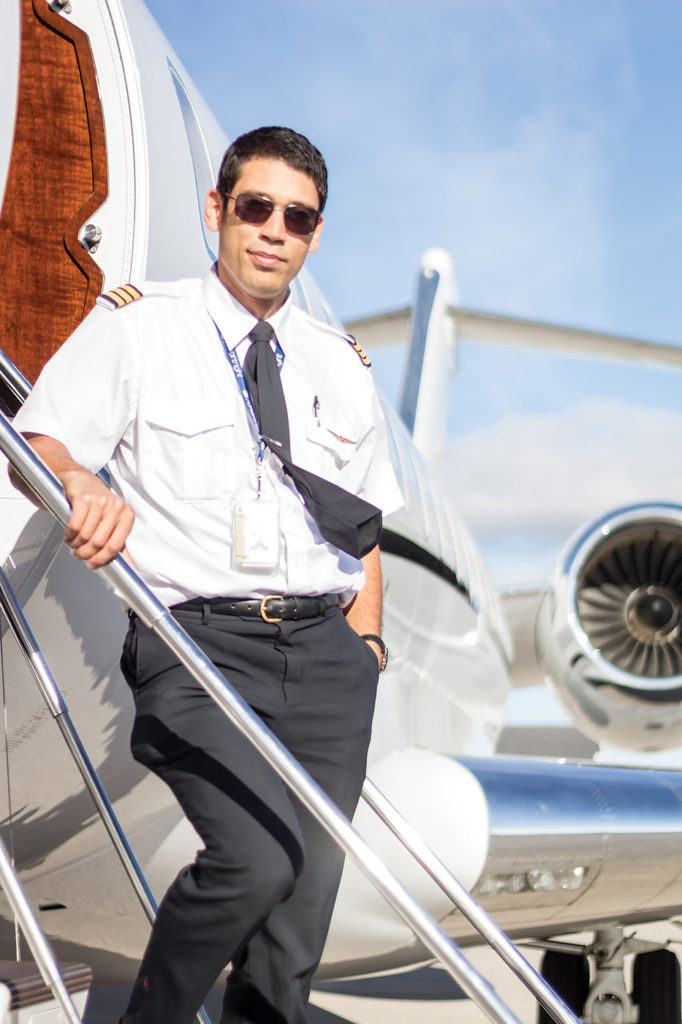
“Ultimately, the pilots have a fairly strong assurance that they will be getting specific days off,” said Bing. “But understanding too that, other than vacation and training–or if you’re on sick leave or something …. there is always a possibility that you could be asked to go out and do a flight at the last minute.
“That’s always part of it.”
Pilots typically arrive at least an hour before takeoff and begin a long list of tasks required to ensure the flight is not only safe but also seamless in its execution, meeting exceedingly high standards for customer service.
Safety checks and flight planning are often a pilot’s responsibility, as are predictable tasks like checking weather data and notices to airmen (NOTAMs).
But many pilots are also responsible for tasks unrelated to flying, like ensuring catered food is on board prior to takeoff; coordinating ground transportation for passengers after landing; booking pilots’ lodgings for layovers; working with dispatch to coordinate customs procedures on international flights; and ensuring the airplane is clean, the dishes are dry and the galley is stocked.
“To me, that’s one of the discriminators of this job, that makes it so enjoyable,” said B.C. Campbell, chief pilot for another Canadian corporation, who flies a Dassault Falcon 7X business jet.
“You’re very much part of the team approach to setting up every aspect of the trip. For me, that’s what makes corporate much more interesting and rewarding.”
Work-Life Balance
Jean Denis Marcellin remembers getting ready for dinner with friends early in his career as a charter pilot when the phone would ring and he’d need to head to the airport for a last-minute flight.
Sometimes a call would come in around 10 p.m., just as he was getting ready for bed. Once, he said, he was getting ready to attend a wedding, all dressed up, with his family in the car, and a call came through.
“I had to take everybody out of the car and race to the airport instead,” he said. “I guess you can call it a little bit like paying dues.”
Marcellin is in a better place now, based in Waterloo, Ont., and flying a Bombardier Global Express XRS for Chartright Air Group, a provider of private jet services to businesses and individuals across Canada.
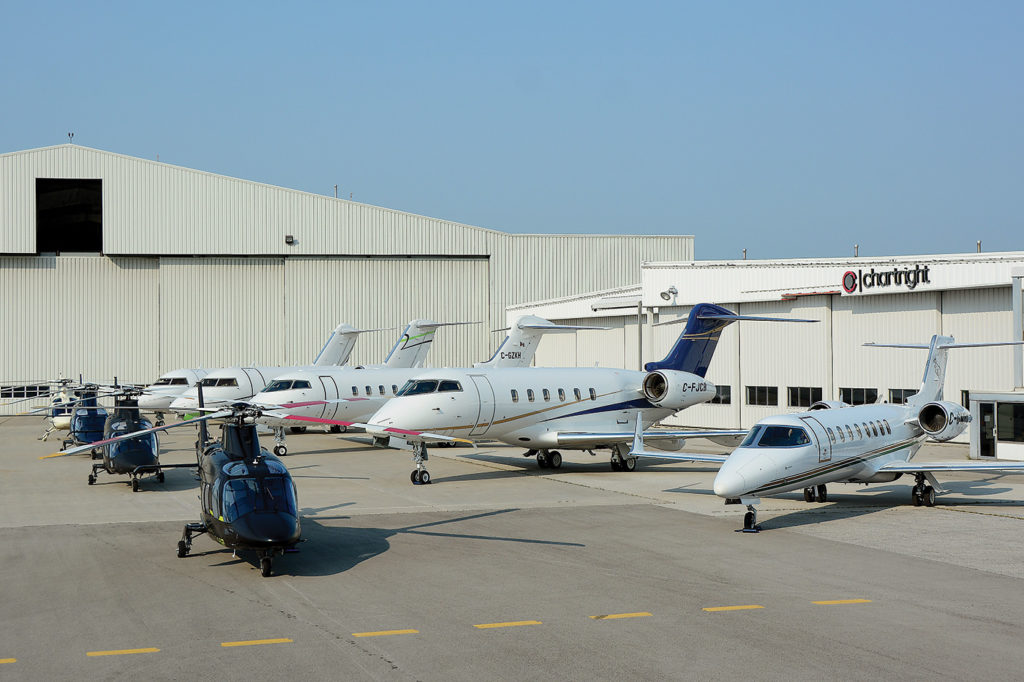
His schedule is much more predictable, and he is usually notified 24 hours before a flight. But in those early days, while he was paying his dues with a young family at home, it was difficult to balance his professional life with his personal life.
“There was a time where family and work was pretty hard,” said Marcellin, 33, who is married with three young children. “You end up having to carry your uniform with you in the car if you’re going somewhere.”
Issues with work-life balance vary from job to job, with some pilots saying they don’t experience any issues and others who simply see them as part of the package. Time away from home for long stretches, or on short notice, can produce pangs of guilt, especially for parents of young children. But with support and understanding, some families are able to endure it, with the hope stability will increase with time. That’s at least how it was for Marcellin, whose hard work eventually landed him a job he loves.
“Being on this airplane, it’s different,” he said, referring to the Global XRS, which he’s flown for about a year. “This sort of work … I’m pretty happy with it, and I’m hoping to be able to make the rest of my career out of it.”
The Spice of Life
Despite inherent challenges in business aviation, the profession is rarely–if ever–boring. There’s so much variety in terms of responsibilities, destinations, and mission types that it can be extremely rewarding.
“In the last year I’ve been flying this airplane, I’ve seen probably more of the world than I’ve seen in my whole life,” said Marcellin, referring again to the Global XRS.
“The things I get to see, the operation of the airplane in those different types of areas, is pretty interesting. So to me, I’d say, best thing [about the job] is discovering the world that way.”

Corporate and charter flying takes pilots to places they may never go with airlines, as Peter Bing can attest. He spent 21 years as an airline pilot, flying for several smaller companies before making the switch to corporate aviation 17 years ago.
He listed small airstrips like Fox Harbour, a golf resort in Nova Scotia, and Jasper-Hinton Airport in the Rocky Mountains of Alberta, as examples.
Business aircraft often fly at higher altitudes than airliners, and sometimes on “random routes” rather than the typical North Atlantic tracks that airlines follow. It isn’t glamorous work, but it’s often interesting, and it demands a commitment to continuous improvement.
“You’re always, always, always learning,” said Bing. “I think that’s what I like the most about it.”
Customers First
It’s impossible to overemphasize the importance of customer service in corporate and charter flying, and that may be why a certain phrase pops up more than once in conversations with pilots who know it well.
“You can teach anyone how to fly,” they say. “But you can’t teach character.”

When Dave Seneshen and his colleagues go looking for new pilots to staff the Cairo-based corporation he has served for 18 years, they go looking for character.
All but one pilot in the group, where Seneshen is chief pilot and director of aviation, spent time in the Royal Canadian Air Force (RCAF). Five are former members of the Canadian Forces Snowbirds aerobatic team, and five flew VVIP missions. All are polite, all dress modestly for work in black suits or golf shirts, and they operate with the discipline of an Air Force squadron that upholds the highest standards.
“The owner loves the Canadian type of pilot–type of character, actually,” said Seneshen, who is himself a former RCAF pilot. “We have such a great crew reliability and cohesiveness. I can’t really think of a challenge that we haven’t overcome.”
The same idea pops up in conversation with Dylan Thomas, chief helicopter pilot with Vancouver-based London Air Services (LAS), which provides customized private jet and helicopter charter services for an international clientele.
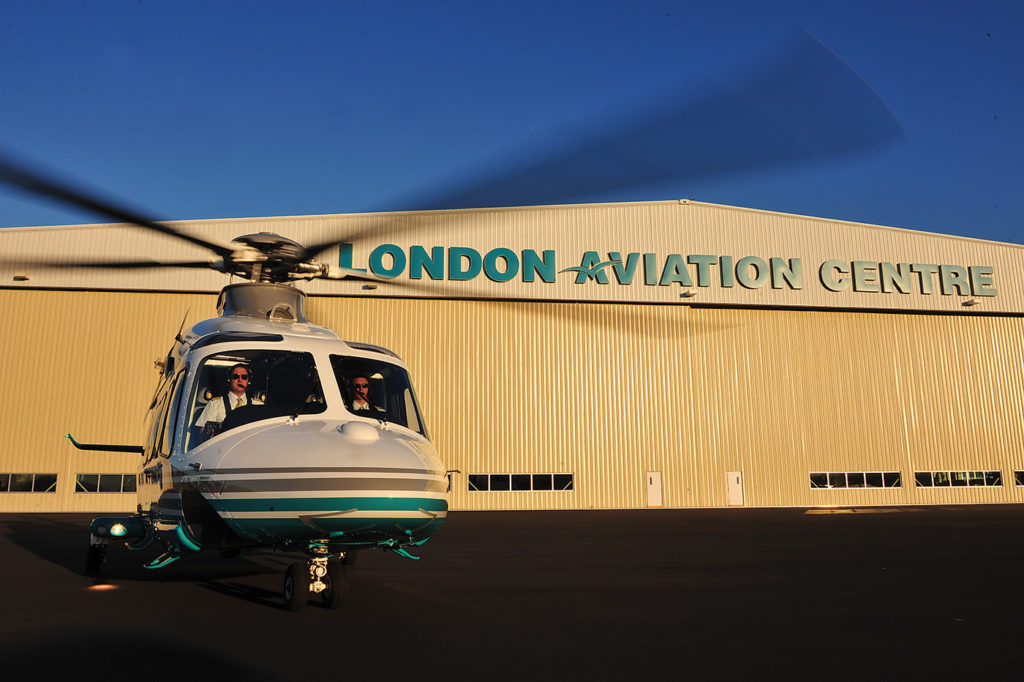
“The interaction with the client is crucial for us,” said Thomas. “We can teach anyone how to fly a helicopter; I can’t teach people interpersonal skills.”
London Air Services has a large fixed-wing fleet as well as a Leonardo AW139 helicopter to transport heads of state, executives from top-five companies on the Fortune 500 list, and other high net-worth individuals.
“A lot of our clients come off their own private jets, and those private jets are worth an excess of $50 million,” said Thomas, referring to the helicopter side of the business. “So we’re just a continuation of the standards that they have.”
As a result, professionalism and positive interactions with customers are essential, and a pilot’s attitude is perhaps the most important thing.
“I can train skill into people,” said Thomas. “I cannot train attitude … if they approach it with the right attitude, it’s amazing what they can accomplish.”
Going Vertical
Virtually every day as a helicopter pilot at London Air Services is different from the last. Pilots are responsible for many of the same duties as fixed-wing pilots, but the duration of their flights is often shorter, they go to more remote locations, and they land on golf courses, private residences and helipads, as well as airports.
But perhaps the biggest difference for Thomas is that he’s home virtually every evening, a rare perk in the rotorcraft industry.
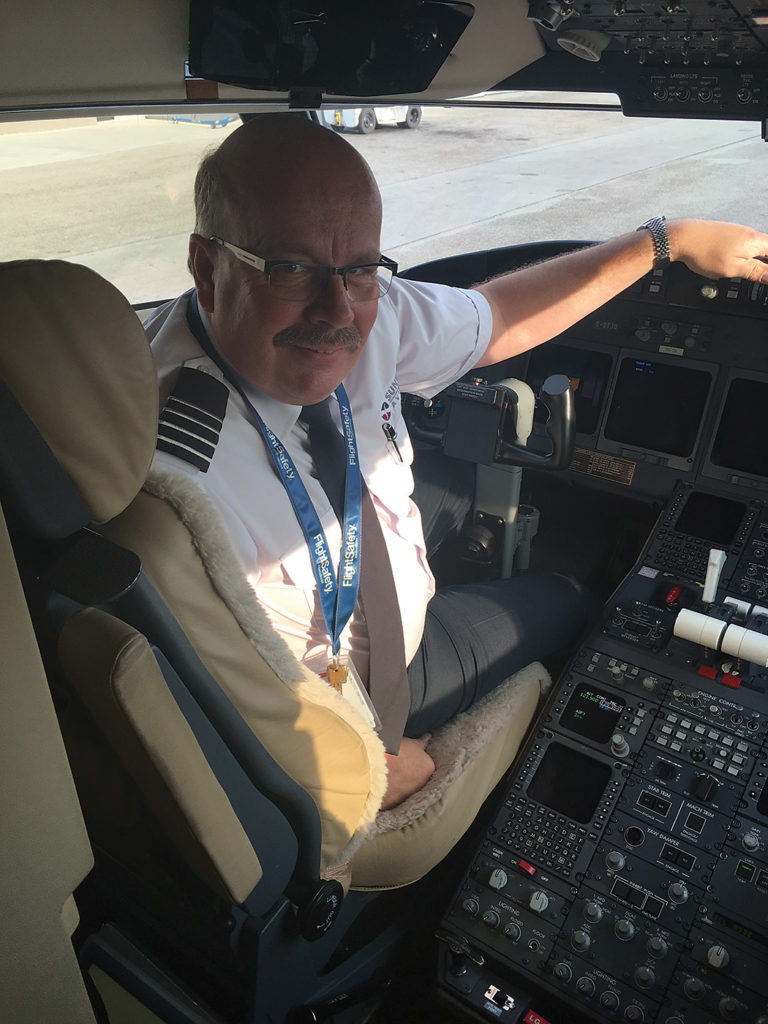
“In the helicopter business, the majority of jobs require you to travel away, whether you’re firefighting in a season, whether you’re working offshore oil,” he said.
“We are home-based. So for our people, the schedule can be busy with a lot of flights, but you’re still home every night. That makes a big difference.”
To an untrained eye, the job sometimes looks easy. That’s the biggest misconception, as far as Thomas is concerned.
“We make it look easy because of the hard work and training and skills that the guys have,” he said. “It’s like a surgeon. Do you want to see a surgeon who’s doing surgery on you, sweating? Or do you want to have surgeon who’s confident, trained, qualified, has experience in doing it and he’s got a calm demeanor?
“Well, that’s how our pilots are.”
Next Generation
With the global airline industry facing a pilot shortage that could see thousands of jobs available over the next 10 years, many young pilots may snatch them up in lieu of entering corporate and charter aviation.
The truth is, some may need to spend time with a regional airline before moving into a corporate job where thousands of flight hours are sometimes expected for entry-level positions.
But for qualified pilots weighing an airline job against a corporate or charter gig, there are many pros and cons to consider. Much of it comes down to the types of schedules and flying a pilot desires.
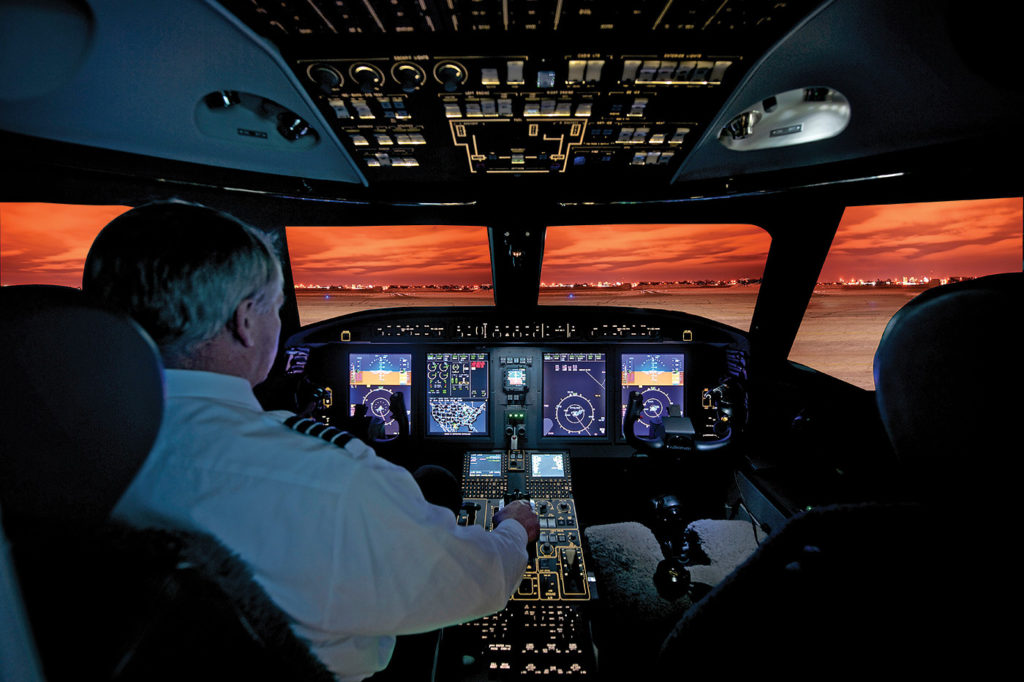
“Airlines generally have a schedule,” said Gary Farn, who flies the Bombardier Challenger 605 as chief fixed-wing pilot at London Air Services.
“A pilot in the charter/corporate side requires flexibility. Customers have the option of changing their destination and their schedule to suit their needs.”
What’s clear is, many corporate and charter pilots can’t imagine leaving the profession. This is the way they want to fly, for as long as they can.
“To be given the opportunity to have flown around the world in a business jet, it’s an exciting lifestyle. It’s a wonderful career,” said Farn. “I can’t say anything negative. Aviation has treated me well.”
Ask Laurie Baker, who flew 24 years for Air Canada Jazz before joining Calgary-based charter company Sunwest Aviation in 2012, and he’ll tell you both professions have distinct advantages.
“I’ve got a lot fewer check rides in front of me than behind me,” said Baker, who at 58 is relatively close to retirement.
“And I recommend this job. I love the corporate flying side, but if you’d talked to me 15 years ago I’d tell you the same thing about the airlines.
“So I think the common denominator is, it’s a great way to make a living.”
Here to Stay
As for Cecily Kennedy, the Fast Air pilot who never aspired to fly for an airline, she has found a home in charter flying, and she wants to stay.
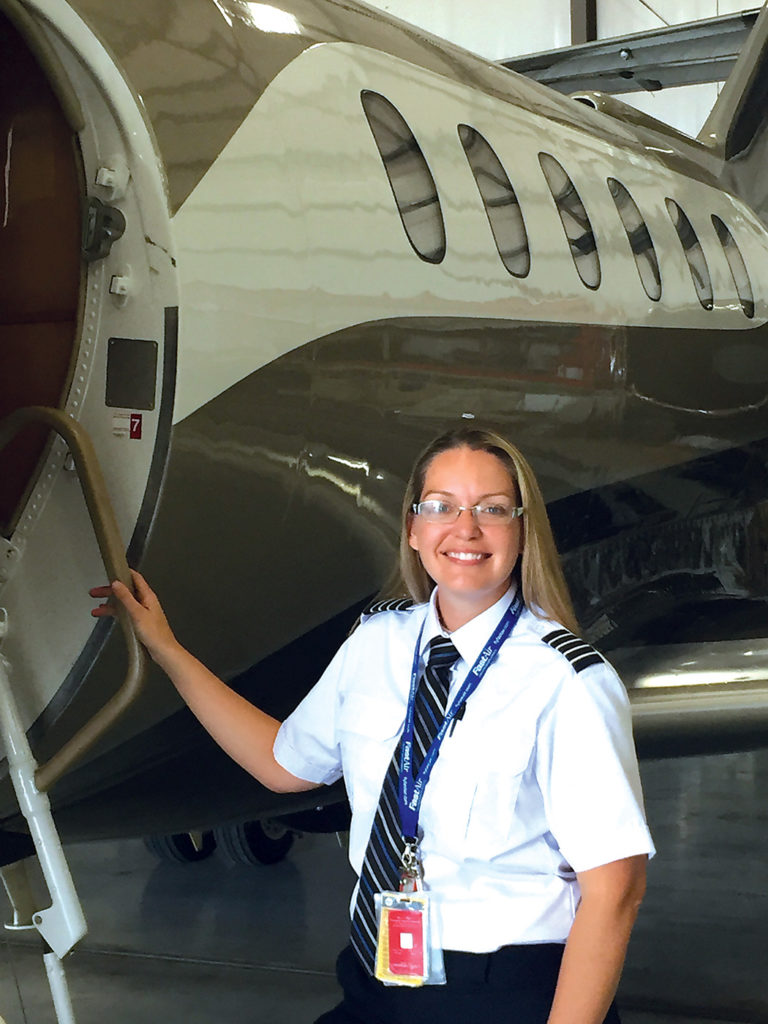
“I do really enjoy my job,” said Kennedy, who is married with two young children. “I have an incredibly supportive husband, and we have childcare as well … we make it work.”
Her biggest professional challenge is also a benefit.
“It’s not your typical nine-to-five job,” she said. “Some people would just really not want to do anything other than your eight-to-five or nine-to-five on Monday through Friday, and I get that. But for myself, I actually enjoy that kind of thing.”
